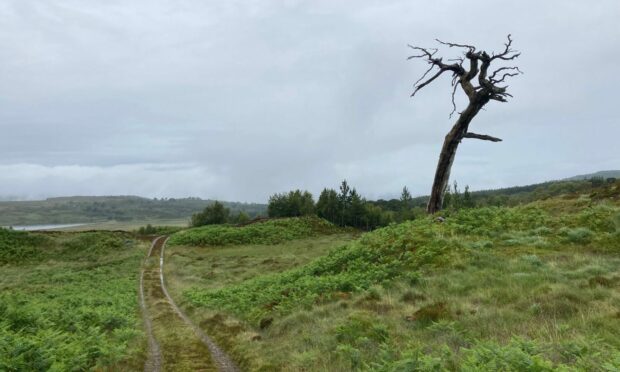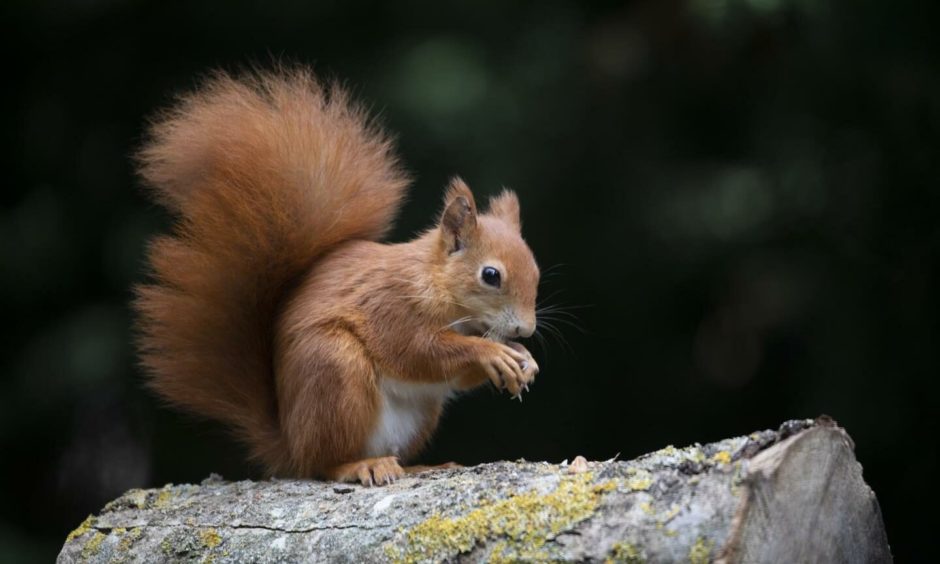The last pockets of ancient Scottish forest in Highland Perthshire are coming under renewed threat from rocketing deer numbers.
Experts have found older deer fences are no longer able to protect pockets of fragile Caledonian Pinewoods from grazing pressures.
The Black Wood of Rannoch on the southern bank of Loch Rannoch contains some of the largest areas of ancient pine forest in Scotland.
Pockets of ancient Caledonian Pinewood are also found at Meggernie in Glen Lyon, north of Loch Tay.
Senior ecologist James Rainey has been working on a Scotland-wide study, looking at the future of ancient woodland in the country.
He suggested previously successful measures to protect forests taken in the 1990s were now breaking down.
Deer fences no longer working
Deer fences protect more than 90% of Caledonian Pinewood in the south-central Highlands compared with a national average of 30-44%.
But the ageing fences are no longer a match for deer populations, which have doubled since 1990, placing huge extra pressures on rural ecosystems.
James said: “After centuries of decline, only a handful of Caledonian Pinewoods survive in the south-central Highlands.
“These were threatened by heavy grazing pressure, so deer fences were put up to help them recover.
“However, we found this recovery is now at risk as fences are no longer effective.”
Ancient forests ‘trapped’ in fenced areas
The woodlands form a rich habitat found nowhere else in the world with some thousands of years old. They are home to declining wildlife such as red squirrels, capercaillie and crossbills.
Caledonian Pinewoods were also ‘trapped’ within the fenced areas, he added, preventing them from expanding into the wider landscape. That also left the pockets of forest vulnerable to impacts from climate change.
“The best way to secure their future is by reducing deer populations to sustainable levels at landscape-scale.
“This has already caused dramatic recovery elsewhere in the Cairngorms, where Caledonian Pinewoods are reclaiming lost ground after centuries of decline.”
A four-year analysis by charity Trees for Life has found the future of most of Scotland’s globally-unique Caledonian pinewoods are on a ‘knife-edge’.
The Caledonian Pinewood Recovery Project is the first major study into the forests’ health for more than 60 years.













Conversation